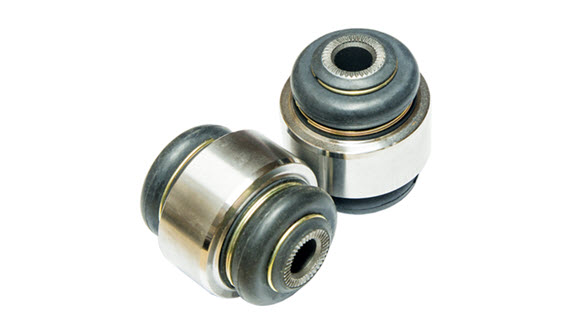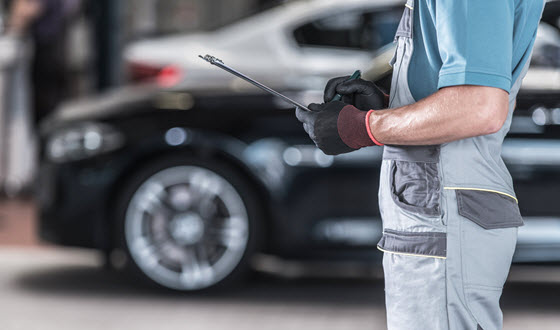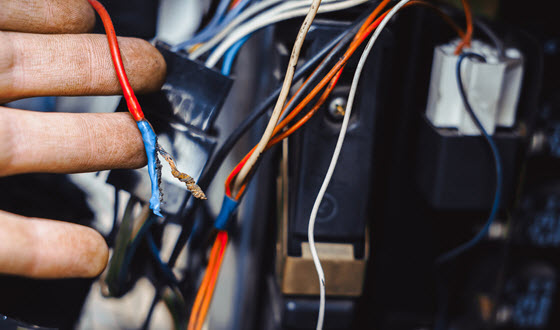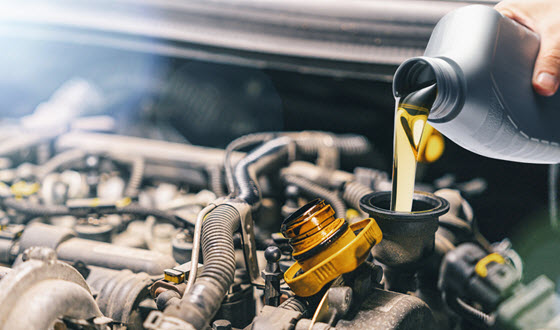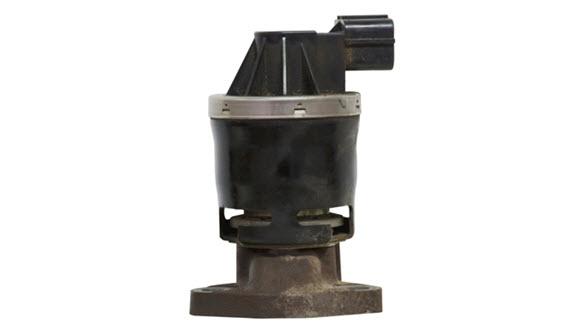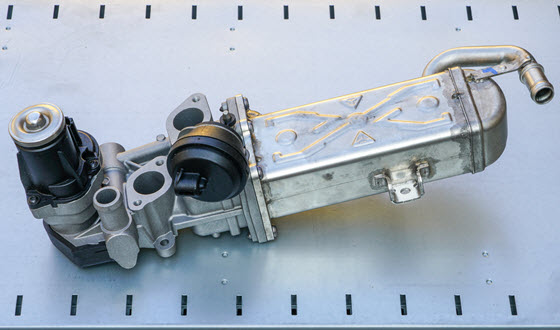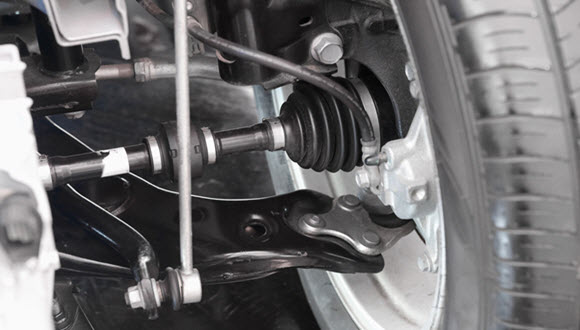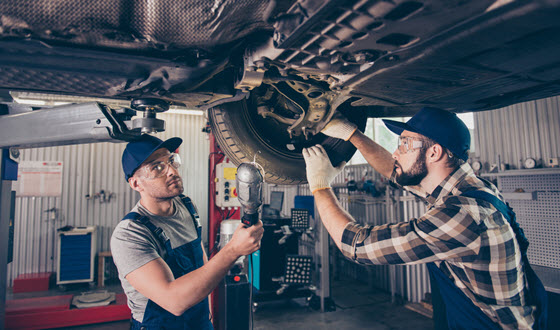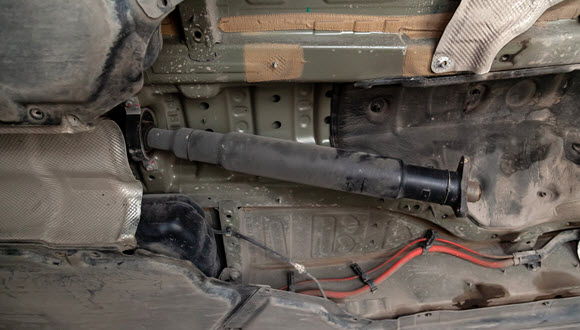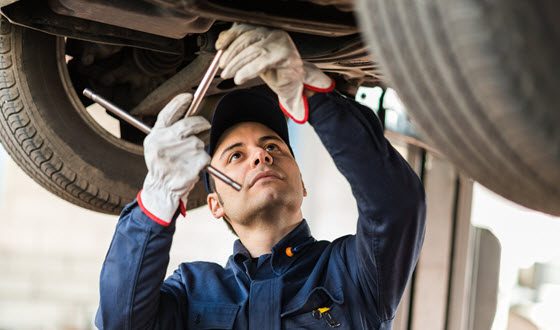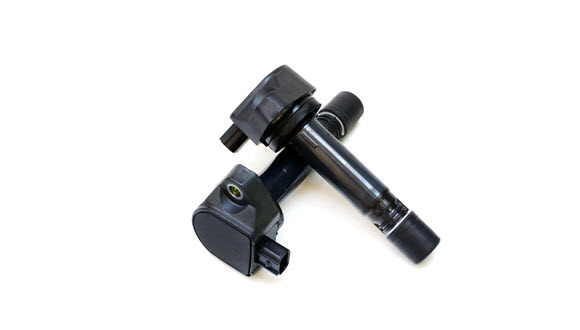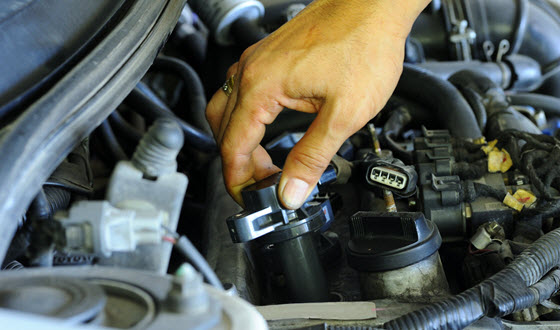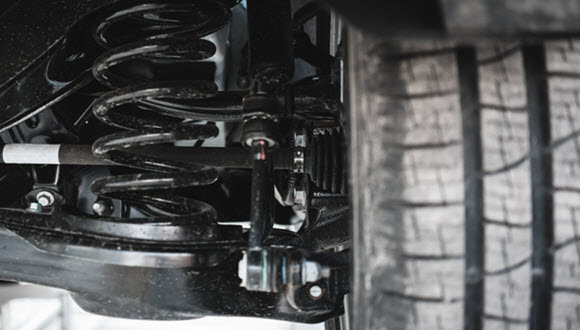Reasons Your Volvo’s Suspension Bushing Fails From Certified Mechanics in Dallas
Posted on | 7 Jun 2020 By Anita Gaal
Your Volvo uses bushing as part of its suspension. Bushings are rubber pads that absorb shocks from the road. They do this by acting as a buffer between bumps and divots and your car’s cabin. Because of the bushing, your Volvo is smoother and easier to drive.
Bushing can be found throughout the suspension system at any point where a joint is formed. These pads prevent the joints from deterioration caused by grinding. Bushing rarely lasts the lifespan of a vehicle, and some areas tend to burn through bushings faster than others. Areas where bushing tends to fail include the anti-roll bar, drop-link, the control arms, the mounts, and the shock absorbers.
When a bushing around a joint starts to fail, its effectiveness at buffering the shocks from the road is reduced as well as noise-absorbing qualities. When this happens, drivers will notice noises from the suspension along with a much rougher ride. Let’s take a closer look at this problem and learn some of the reasons which can cause bushing failure to happen more quickly.
Signs of Bushing Failure
The following symptoms can be indicative of bushing failure:
- Your Volvo rattles when it drives over uneven road surfaces
- Your Volvo makes clunking noises when taking corners or braking
- Your Volvo feels like its front is trembling
- Your Volvo is more difficult to steer
- Your Volvo’s steering seems more loose than normal
The last two symptoms on this list tend to indicate wear to the front bushings, but bushings anywhere in your vehicle can cause you to experience these unwanted symptoms. A good rule of thumb to remember is that while front bushings will cause steering issues alongside noises and trembling, rear suspension problems will not.
Where is Bushing Found
You can inspect your Volvo’s bushing relatively easily if you know where to look. As mentioned, bushing is mostly found throughout the suspension system, so you’ll need to be looking underneath your vehicle to inspect most of it. However, bushing can be found outside of your suspension too, so if you’re trying to diagnose bushing failure you’ll need to check the following:
- ball joints
- engine
- control arms
- steering parts
- shock absorbers
- stabilizer bars
- strut mounts
- suspension
- tie rods
- transmission mounts
Common Causes of Bushing Failure
The main reason for bushing failure is simply age, with the part having served its purpose and needing to be swapped out. Stress and fiction can exacerbate the degradation of bushing, which largely comes from high engine temperatures and heat exposure. The elements can also play a role in making bushing fail more quickly. If you drive your Volvo in a climate that is humid or frequently inclement, then you may need to replace your bushing more often.
Inspecting your Bushing
You may suspect that your bushing has failed but you’re not sure what you’re looking for to confirm your suspicions. Bushing is like the cartilage in your body. It protects the joints from stress. Cartilage wears out as we age, and the same can be said for the bushing in your Volvo.
When inspecting your Volvo, you want to go by touch, not sight. A bad bushing will have become dry and inflexible. If the bushing feels more like solid plastic than flexible rubber, then it is worn out and will need to be replaced.
Bushing should always be replaced at the first sign of an issue, because its failure can often have a domino effect on other parts. For example, if the bushing protecting the control arm fails, then it can cause your Volvo to become misaligned, which will result in premature tire wear.
A similar chain reaction can be caused in other areas of your Volvo, too. Put simply, unless you’re an expert, it’s very hard to pinpoint all the possible damage caused by the lack of padding provided by the worn-out bushing. It is best to take your Volvo in for inspection and proper replacement of any bushing that needs servicing.
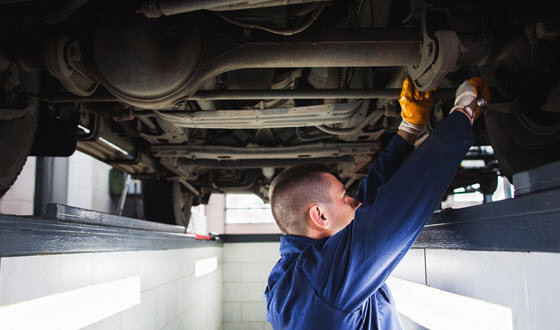
Euro Automotive
When it comes time for your bushing to be replaced, you can rely on our team at Euro Automotive of Dallas, Garland, Arlington, and Fort Worth, TX. Our experts will quickly service your Volvo and get you back on the road safely. Call our customer service team today to find out more or to schedule an appointment.





